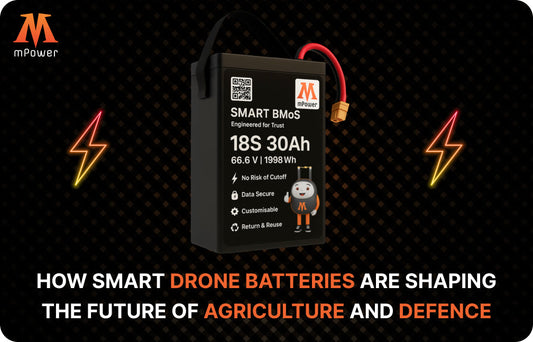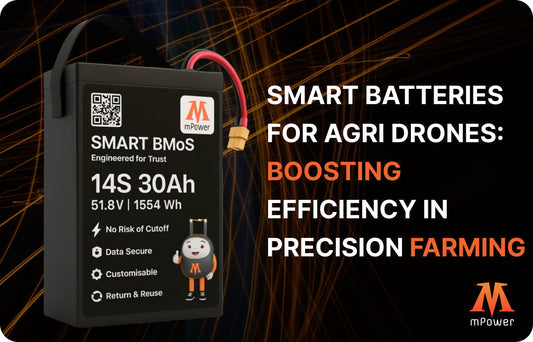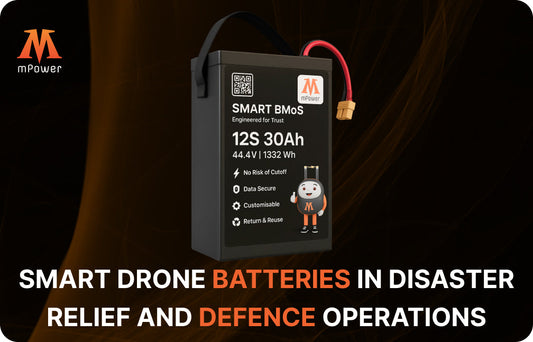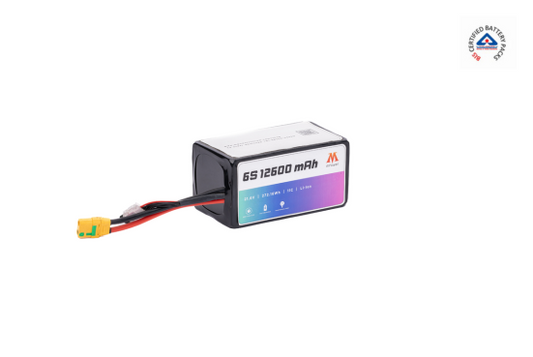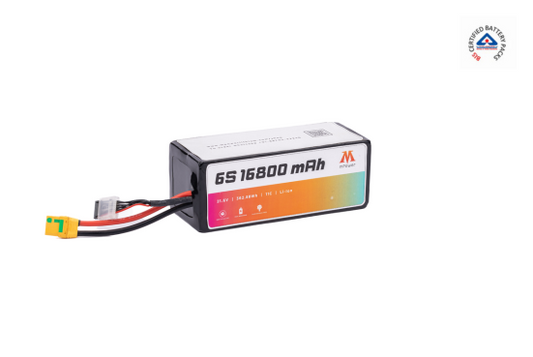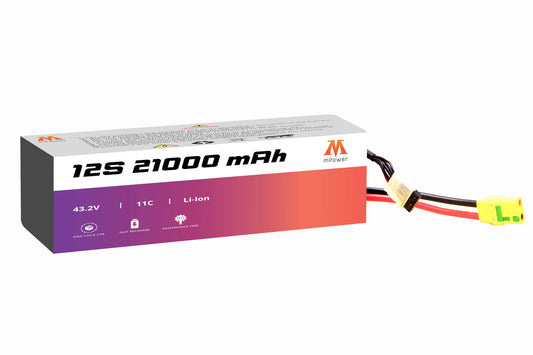
The rapid advancement in drone technology has sparked a revolution in various industries, from aerial photography to agriculture and even emergency response. As the capabilities of these next-gen prototype drones expand, the demand for more efficient, durable, and lightweight battery solutions has never been greater. Innovative battery technologies, including a customized battery for prototype drone, are now at the forefront of this evolution, promising to enhance flight times, improve power efficiency, and ensure reliability under diverse operating conditions. These cutting-edge batteries are not just powering drones; they are unlocking new potentials and pushing the boundaries of what is possible in the realm of unmanned aerial vehicles. One company leading this charge is mPower, which is known for its groundbreaking battery solutions that are setting new standards in the drone industry. With mPower batteries, the future of drone technology looks brighter, more efficient, and remarkably innovative.
In this blog, let's explore some promising contenders that could propel drones to new heights:
Lithium-ion Batteries: A Game Changer
Lithium-ion batteries rely on a liquid electrolyte. This offers several advantages:
- Safety: Liquid electrolytes are flammable, posing a fire risk. Solid electrolytes eliminate this concern.
- Faster Charging: Lithium-ion batteries can charge significantly faster than lithium-polymer batteries, reducing downtime between flights.
- Higher Energy Density: These batteries can pack more energy into the same volume, resulting in longer flight times for drones.
- Durability: Lithium-ion batteries are less prone to degradation and offer a longer lifespan compared to their liquid counterparts.
While still under development, solid-state batteries hold immense potential for next-gen drones.
Solid State Batteries: High Capacity, Long Flights
Solid State Batteries boast a theoretical energy density and charge faster which is several times higher than lithium-ion batteries. This translates to significantly longer flight times for drones.
The Road to Next-Gen Drones
These innovative battery technologies offer a glimpse into the future of drone flight. However, challenges remain:
- Safety: New battery chemistries need rigorous testing to ensure safe operation.
- Cost: Developing and scaling up production of these technologies can be expensive.
- Standardization: Standardized designs and manufacturing processes are crucial for the wider adoption of drones.
Despite these challenges, the potential benefits are undeniable. With continued research and development, innovative batteries will surely power the next generation of prototype drones, enabling them to fly farther, faster, and for longer durations, unlocking a whole new world of possibilities.
The Future of Flight
Imagine drones delivering critical medical supplies to remote areas, assisting in disaster relief efforts, or monitoring vast agricultural fields for hours on end. Innovative battery technologies hold the key to unlocking these possibilities. The future of drone flight is bright, and it's powered by innovation in the heart of the battery.
Conclusion
Battery life has been the Achilles' heel of drone technology. However, a revolution is brewing. Cutting-edge battery solutions are taking flight, propelling drones towards a future of extended range, maximized efficiency, and unwavering reliability. These advancements aren't just boosting performance; they're unlocking a universe of possibilities across diverse industries.
In this vanguard of innovation, mPower emerges as a leader. Their unwavering commitment translates into customized battery solutions specifically designed for prototype drones. Their customized battery for prototype drones is setting a new benchmark for the industry, guaranteeing that tomorrow's drones will be ideals of efficiency, power, and versatility. With mPower batteries at the core, the potential for next-generation prototype drones is limitless—the sky truly becomes the only boundary. Visit mPower now.





